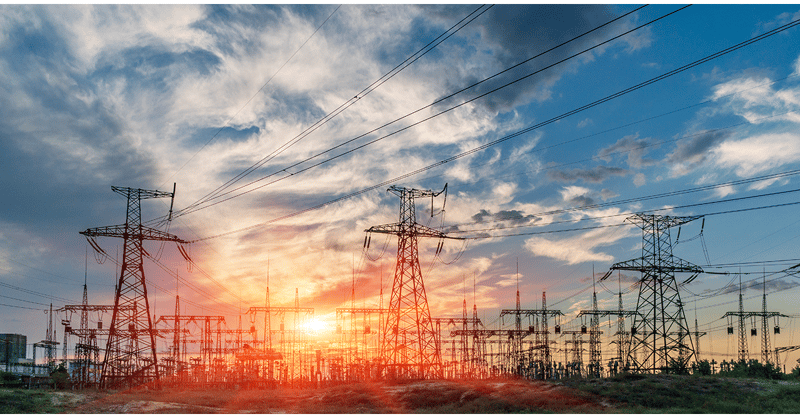As a CSP, we answer this question daily. And we always answer the question with the question:
“What do you want to accomplish with your Backup Product and Disaster Recovery plan?”
For this article, we are not going to list all the Backup/DR products in the market today with an evaluation for each one. There isn’t a need to do that as we have done our due diligence through research and testing and have narrowed the field to 4 products that offer secure, reliable recovery at very reasonable price points.



 One of the most important assets to your company is your intellectual property, your data.
One of the most important assets to your company is your intellectual property, your data.
